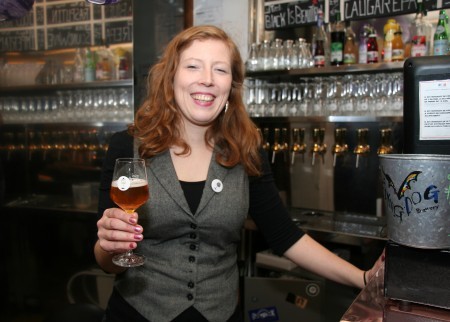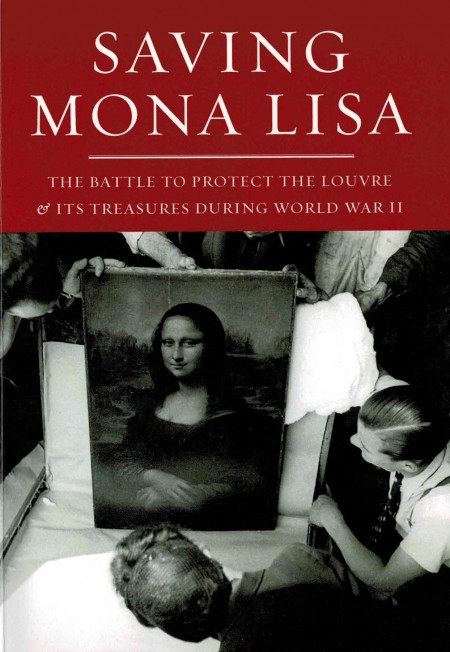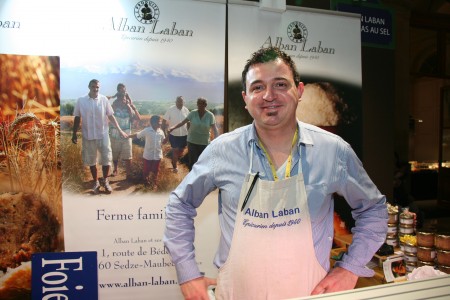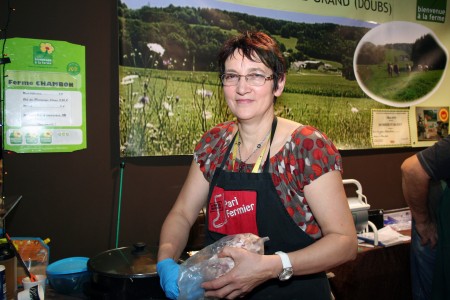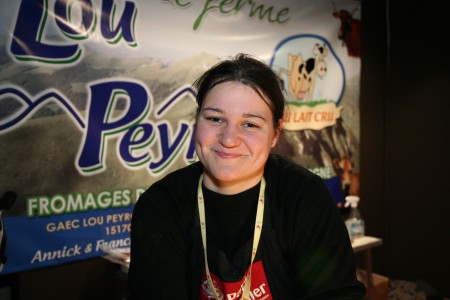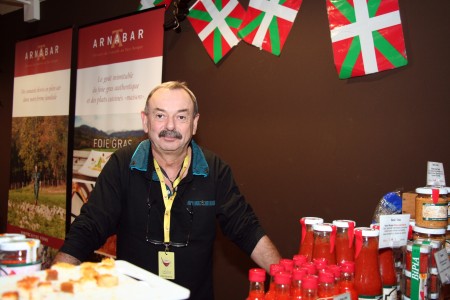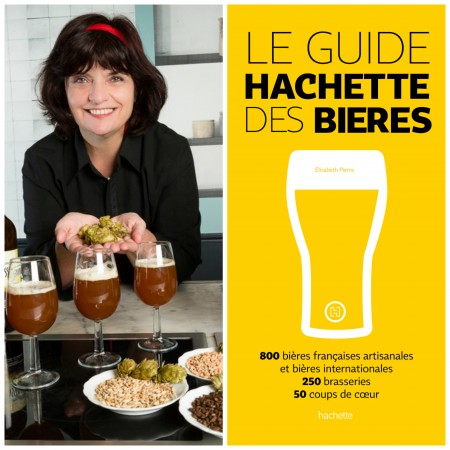
Elisabeth Pierre and Her Book Le Guide Hachette des Bières
Elisabeth Pierre, who calls herself a zythologue (zythologist, or connoisseur of beer, in English), has just written an encyclopedic book called Le Guide Hachette des Bières. Breathtaking in scope, this 360-page, French-language tome (Hachette, 2014) covers just about every topic that an aficionado of French beer could hope for in a guide—from the origins of the beverage to the names of specific breweries, ratings of their beers, and specific suggestions of foods that would best accompany the beers that she rates.
Elisabeth hails from the Franche Compté region of France, where she had the occasion to visit a local brewery as a child. The wonderful aroma of malt and hops that she experienced there influenced her profoundly. Years later, with a university diploma in classics, she abandoned a teaching profession to take a position with the Brasseurs de France, a federation of French brewers.
From the start, she organized beer-and-food-paring dinners and had the occasion to meet top chefs with whom she explored different ways to pair beer with food.
She has been in the industry about twenty-eight years and now works as a consultant. While a consultant, she became interested in the revival of microbreweries in France that began about eighteen years ago. Her guide reflects this interest.
The first section of the book is titled “Connaître les bières.” It is devoted to the place beer holds in the history of civilization. Among the topics covered are beer ingredients and the process of fabrication.
In this section, we learn that the transformation of cereals into beer can be traced back 7000 years B.C. in China, and 6000 B.C. in Mesopotamia. While we now accept hops as an essential ingredient in beer, it wasn’t generally adapted until around the 15th century. Beer today is now recognized as a beverage that consists of four essential ingredients: water, barley, hops, and yeast. To transform beer into its many different varieties, brewers substitute different cereals for barley, roast the cereals to different degrees of darkness, use different varieties of hops and yeast, and add different flavorings, such as honey, orange zest, and spices. The process of transformation is complex and the resulting beverages are infinitely varied in color, texture, aroma, and taste.
“Connaître les bières” also provides suggestions on how to read a beer label, where to purchase beer, how to store it, and how to appreciate its visual, gustative, and olfactory qualities.
The second section of the book is titled “La sélection du guide Hachette des bières – 800 bières à découvrir.” Here, French artisanal beers take center stage.
To present the French beers, Elisabeth divides France into five beer-producing regions, each with several sub-regions. For each sub-region she describes and rates beers of the microbreweries that are found there. Her rating system is straightforward: only beers that she determines are “successful” (no star), “very successful” (one star), “remarkable” (two stars), “exceptional” (three stars), or “favorites” (three stars plus ♥) get a mention. Beers that only scored “with a default” or “average” by her standards don’t get mentioned at all.
I found this part of the book to be fascinating, because the descriptions of each of the beers are quite detailed. We learn, for example, that the one-star beer La Loroyse (produced by a microbrewery called Les Brasseurs de Lorraine) has sweet flavors at the start that become spicy and fruity, and finishes with a persistent and pronounced herbal bitterness. Furthermore, we learn that this beer would go well with a pepper steak and a Saint-Nectaire or Ossau Iraty cheese. While the information that is conveyed here might not be immediately useful to readers who can’t readily purchase a bottle of La Loroyse, it teaches us that good beers are complex and that each has different structures of flavor that we should seek out the next time we open a bottle. We also learn that certain beers go well with certain foods, and that care should be taken to match them when we sit down to have a beer with our meal.
The final parts of this section are devoted to Belgium, Quebecois, and foreign beers. Only three American microbreweries are mentioned: Left Hand Brewing Company in Colorado, Sierra Nevada Brewing Company in Nevada, and Brooklyn Brewery in New York. Elisabeth is particularly enthusiastic about the beers from this latter company— she rates four of their beers as three star (one of which is a “favorite”) and two as two star.
At the back of the book is a helpful glossary and two indexes, one that lists beers by name and one that lists breweries by name.
A very good knowledge of French is required to read this book. It is probably the best source of information on the extensive variety of French, Belgium, and Quebecois artisanal beers that is on the market today.
Le Guide Hachette des Bières is available in North America from Amazon.ca.
* * * * * * *Like our blog? Join us on
Facebook!

